This one is going to be much shorter than usual, since it can be summed up in two words, “saturation attack.” Nevertheless, I’m going to once again confront some Contradictory Bullshit of the Military Industrial Complex.
- We’ve got all these precision GPS guided missiles that can simply destroy anything we want. Missiles, the new precision kill weapon of 9th generation warfare.
- We’ve got these missile defense systems like the Patriot that make firing missiles totally pointless. I mean, they’re just going to be intercepted anyway. Combine that with our CIWS and missiles really have no place on the modern battlefield except maybe against goat herders.
With that in mind, let’s take a look at the performance of the Patriot Missile Defense System.

On March 25, Houthi forces in Yemen fired seven missiles at Riyadh. Saudi Arabia confirmed the launches and asserted that it successfully intercepted all seven.
This wasn’t true. It’s not just that falling debris in Riyadh killed at least one person and sent two more to the hospital. There’s no evidence that Saudi Arabia intercepted any missiles at all.

I kind of feel like ending the article right here, but we must continue.
Social media images do appear to show that Saudi Patriot batteries firing interceptors. But what these videos show are not successes. One interceptor explodes catastrophically just after launch, while another makes a U-turn in midair and then comes screaming back at Riyadh, where it explodes on the ground.

The Saudis believed they were getting a surface to air missile. Instead they received a surface to… surface missile. Specifically their surface. But only the most highly populated areas.
It is possible, of course, that one of the other interceptors did the job, but I’m doubtful. That is because my colleagues at the Middlebury Institute of International Studies and I closely examined two different missile attacks on Saudi Arabia from November and December 2017.
In both cases, we found that it is very unlikely the missiles were shot down, despite officials’ statements to the contrary. Our approach was simple: We mapped where the debris, including the missile airframe and warhead, fell and where the interceptors were located. In both cases, a clear pattern emerged. The missile itself falls in Riyadh, while the warhead separates and flies over the defense and lands near its target. One warhead fell within a few hundred meters of Terminal 5 at Riyadh’s King Khalid International Airport. The second warhead, fired a few weeks later, nearly demolished a Honda dealership. In both cases, it was clear to us that, despite official Saudi claims, neither missile was shot down. I am not even sure that Saudi Arabia even tried to intercept the first missile in November.

The point is there is no evidence that Saudi Arabia has intercepted any Houthi missiles during the Yemen conflict. And that raises a disquieting thought: Is there any reason to think the Patriot system even works?

What are you talking about? The US has the best military in the entire world. We know that because they have suicide beds and dilation stations. They also steal $1 trillion of the taxpayers money every year. Are you trying to tell me that that money just gets stolen, and they don’t magically get physics shattering engineering out the other side?
During the 1991 Gulf War, the public was led to believe the that the Patriot had near-perfect performance, intercepting 45 of 47 Scud missiles. The U.S. Army later revised that estimate down to about 50 percent — and even then, it expressed “higher” confidence in only about one-quarter of the cases. A pesky Congressional Research Service employee noted that if the Army had correctly applied its own assessment methodology consistently, the number would be far lower. (Reportedly that number was one — as in one lousy Scud missile downed.)

Some jew at MIT did a study of the Patriot missiles and concluded that they actually murdered more Israelis by exploding, and raining down shrapnel, than saved by intercepting Scuds.

What if the Patriot Missile Defense System was designed by a secret natzee who wants to murder as many US allies as possible? A fun theory, but it fits too well with the constant incompetence in everything else. Also, higher performance would be nearly impossible, as we’ll get to later.
According to a House Committee on Government Operations investigation, there was not enough evidence to conclude that there had been any intercepts. “There is little evidence to prove that the Patriot hit more than a few Scud missiles launched by Iraq during the Gulf War,” a summary of the investigations concluded dryly, “and there are some doubts about even these engagements.”
Against that background, you can imagine that I was pretty skeptical of the Pentagon’s claims that the Patriot shot down Iraqi ballistic missiles in 2003 — claims that have generally been accepted uncritically. And when I heard that missile defenses were protecting Riyadh, I wanted to see for myself — and, unfortunately, I wasn’t surprised by what I found.
This author, Jeffrey Lewis, doesn’t even bring up the most ridiculous aspect of that whole thing. The US Military was squealing with joy that the Patriot missile had downed just 4 of 6 incoming Scuds.
An upgraded version of the Patriot missile has intercepted four out of six Iraqi missiles fired at coaltion forces in recent days, military spokesmen said. If verified, this would apparently be the first undisputed success of a battlefield antimissile system, but skeptics say it is too early to know how well the system worked.
Imagine being this proud of failure.

I say failure because missile defense is very much not a 50% == pass task. For an extreme example, imagine the enemy sending 10 nuclear warhead missiles to an aircraft carrier. Shooting down 50% doesn’t really accomplish anything. Shooting down 90% doesn’t really accomplish anything. There are some things that require damn close to 100% success at, and missile defense is one of them. And that’s true even using conventional warheads.
Except that you actually need better than just 100% success rate. You also need to have enough missiles on hand to intercept the incoming missiles. For an extreme example of how ridiculous this is, take a look at the US Navy’s ship born missile defense systems.
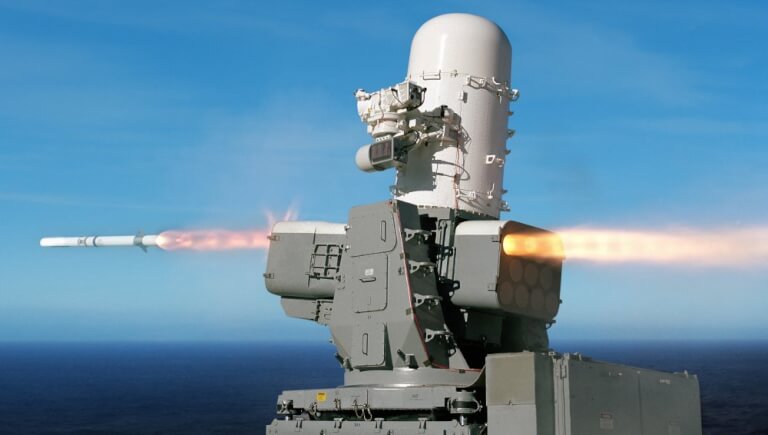
The best way to deal with incoming missiles is to not give your position away, so there never actually are any incoming missiles. If that’s not an option, there are two methods of shooting down the incoming missiles. The first is by hitting them with your own missiles. The second is by using what is essentially a gigantic cannon, known as a Close in Weapon System (CIWS) to hit the missile with a storm of metal.
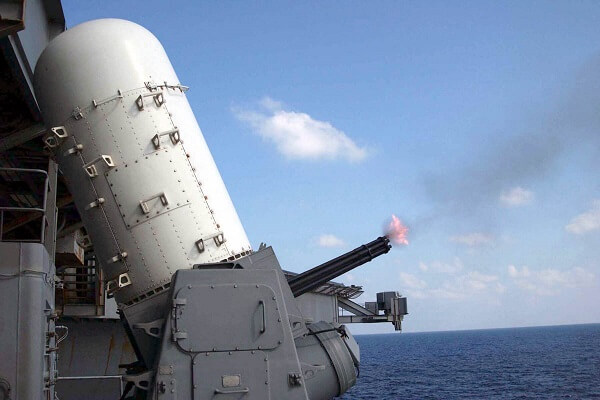
MK15 Phalanx CIWS
This is basically modern anti-aircraft artillery. It doesn’t fire timed explosive shells, instead firing a huge amount of tiny shells in an area. And by huge amount, I mean 4,500 rounds/minute, or about 75 rounds/s.
I think it’s useful for you to see this thing in action, mostly so you can see the inaccuracy firsthand.
You need only watch the first thirty seconds or so. Just enough to see how hard of a time it has hitting the little rubber dinghy it’s firing at.
But wait, we have video of it “massacring,” some UAV.
The top highlighted comment on YouTube is illuminating.


One thing you should have noticed was just how long it spent firing at said UAV. A nice 5 seconds, by my count. They’re designed to do that because, as you’ve seen, they can’t really hit anything reliably. Firing a huge mass of projectiles is the only way they can hope to hit anything, but there’s a problem, the magazine size.
989 rounds capacity; Later models 1,550 rounds
1,550 rounds, at 4,500 rounds/minute, lasts you about 20 seconds. I hope you can see the implications here.

These things are designed to fire four bursts of hundreds of projectiles. Then, they need to be reloaded. How long does reloading take? Trust me when I say it’s far from an instantaneous process.
I’ve seen figures online that it takes over 30 minutes to actually reload these things. But even if it took 30 seconds, that would be about 29 seconds too long. Let’s go ahead and pretend that this thing has a 100% killrate for any incoming missile with its 5 second burst. It doesn’t, but let’s pretend. What that would mean is that your first four missiles fired against this ship would be shot down. Hail ‘Murica.

But you could, you know, fire a fifth missile at the ship.

In fairness, how could Raytheon have predicted this? I mean firing four missiles at a ship is pretty standard, but a fifth? Whomever would do that is a military genius on par with Napoleon, or maybe Alexander the Great.

This is what I mean by jokes. Even if the weapon worked 100% as well as advertised, and it doesn’t, not even close, it is still literally useless. I mean it does absolutely nothing. Nobody will ever be firing just a single missile at any high priority surface ships, and the thing is, all USN surface ships are high priority.

I also hope this helps you understand what people mean when they throw out terms like “saturation attacks.” That’s one of the rare buzzwords that these dipshits use that’s not actually bullshit. Overwhelming these systems, literally even if they work at 100% success rate, isn’t exactly a Herculean task. It’s something you will probably do by accident, simply because you’re already going to be firing tons of missiles at, say, an aircraft carrier.
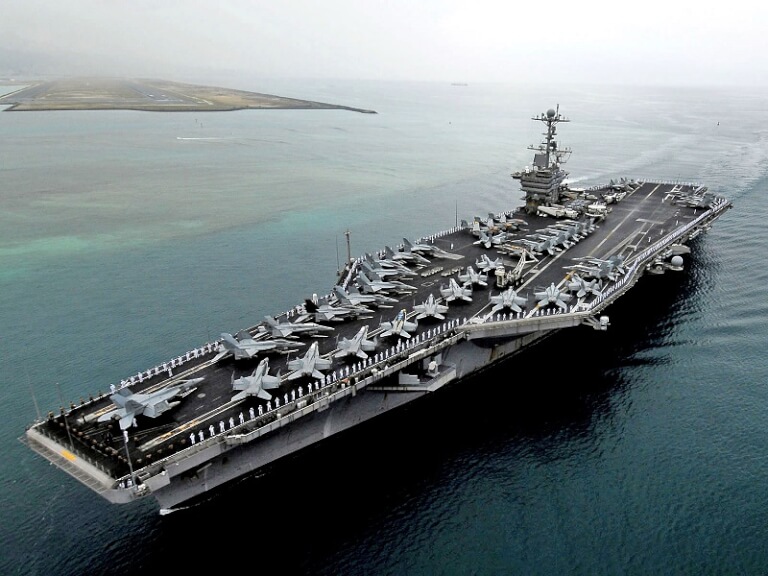
“5 Missiles!!? What are we MADE of money?! Four is sufficient, Igor.”
The CIWS systems are actually worse than useless, because they also give your position away.
Self-contained search and track radar
Search radar – Ku-band; Digital MTI
Track radar – Ku-band; Pulse Doppler monopulse
E/O sensor – FLIR Imaging System with Automatic ACQ Tracker
Fire Control – Director with closed-loop spotting

We’ll be getting into radars later in this series. They most definitely have their uses, but there is no way to use a radar without giving your position away. So these CIWS systems are actually worse than useless. They can’t stop the smallest of attacks, but in exchange, they give your position away.

Imagine you were swimming through shark infested waters. But, rather than simply hoping for the best and not splashing around too much, you carry with you a limp strip of bloody seal blubber to bludgeon the sharks with. So now they all know where you are, and you can’t do shit about it. That’s basically what the Mk15 Phalanx is good for.

USN SeaRAM launcher.
That doesn’t work, and is in fact counterproductive, but maybe the SeaRAM system is better. We can see that above. They replaced the M61 cannon with a missile launcher that holds 10 missiles. So if it works perfectly, you need to fire… 11 missiles at the ship.

Do I even need to make an estimation of the success rate this thing will have in the real world? I’d bet my left nut this thing has less than a 50% success rate against sea skimming cruise missiles. Possibly a lot closer to 0%. But even if it’s literally 100% successful per missile, and perfectly manages to first identify the target, and then hit it, every single time, it does not effectively do anything for us at all, because we just fire 11 missiles at the ship.

Which, once again, we are probably doing anyway, because our own missile might not have 100% success rate, and destroying something like an aircraft carrier will probably take more than a single hit, unless using nuclear warheads.

So the way this thing is supposed to work is that you fire all 10 intercepting missiles, and then you break out the crane, and other heavy machinery needed to put 10 new 160 lbs missiles in the launcher, assuming they’re even directly on hand and not stowed away in some random part of the ship.

It annoys me when I hear people going on about how “now, with drones, we can’t deal with the massed saturation attacks and distributed lethality and blah blah.” Our naval missile defense systems are such jokes, you can literally destroy these surface ships with massed attacks of literally any aircraft. I mean absolutely any aircraft that can get within range of sight of these ships, which is about 30 kilometers away at just 10ft altitude, to fire short range anti-ship missiles. Even if those aircraft had no maneuverability, the attack would still work just fine.
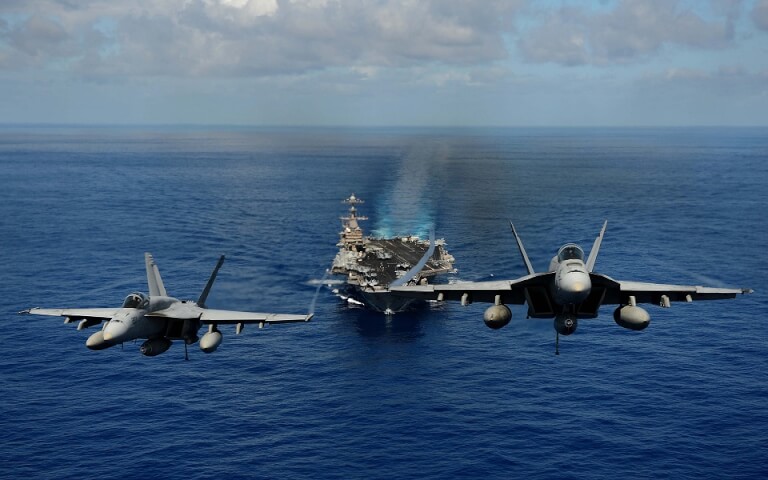
The only ships that can even pretend to defend against such attacks are aircraft carriers, and only because they have fighter planes that can intercept such attacks and potentially destroy them. The Missile Defense System is still a complete joke. And even then, our modern aircraft carriers are, to put it mildly, extremely limited in terms of the number of fighters they can launch, especially over an extended period of time.
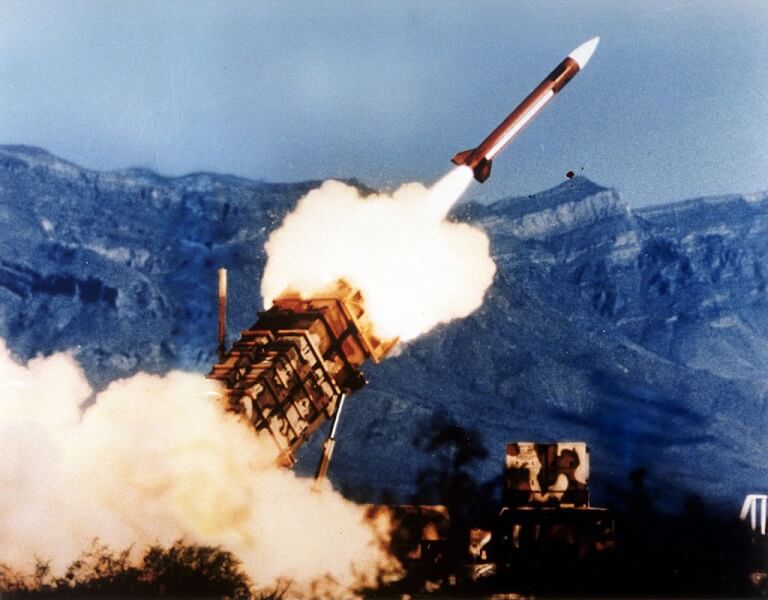
Back in 1991, after claiming that they shot down 41 of 42 incoming ballistic missiles, and then revising that number down to… one, the excuse that was used was that the old Patriot Missile Defense System had this silly little bug where they weren’t storing the calculated time correctly and blah blah.
CSE:
Specifically, the time in tenths of second as measured by the system’s internal clock was multiplied by 1/10 to produce the time in seconds. This calculation was performed using a 24 bit fixed point register. In particular, the value 1/10, which has a non-terminating binary expansion, was chopped at 24 bits after the radix point. The small chopping error, when multiplied by the large number giving the time in tenths of a second, led to a significant error.
And yet, they are still failing to this day.

As others pointed out, although I can’t find the source now, this glitch was patched that very same day. And yet the missiles still continued to fail spectacularly, in that war and in the present. The real reason is more likely that hitting ballistic missiles is actually very hard. Unlike aircraft, which are relatively fragile, these missiles are far more like artillery shells. For the later versions of the Patriot System, which still fail BTW, they took out the proximity fuses and went to a direct hit system. Ignoring glitches, it is not particularly difficult to see why they can’t hit the incoming ballistic missiles.
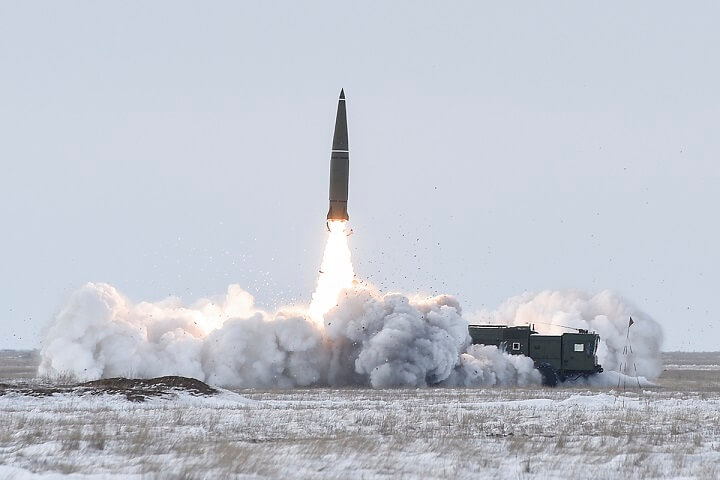
Iskander Missile System
Here we see the Russian 9k720 missile being launched. On its way back down, it is moving at a speed of about 7,200 kmph, almost Mach 6. And you’re supposed to fire a missile that hits that thing directly.
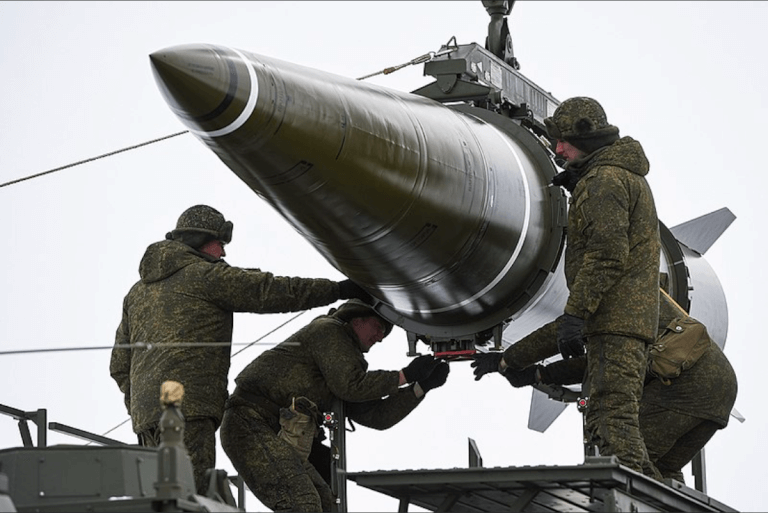
That missile is moving at a speed of about 2 kilometers per second. If you get to the right spot just 1/100th of a second too late, or too early, you missed by 20 meters. And even if its coming directly towards you, the whole point is that they are doing minor course correction on their way down. So not only do you need to go up and hit the missile, but it’s accidentally evading you just by virtue of correcting its course.

Look, it’s just not happening. The percentage of missiles intercepted this way is always going to be small. And as mentioned earlier, you’d need damn close to 100% success against this in order to justify this kind of system, even without considering nuclear warheads.
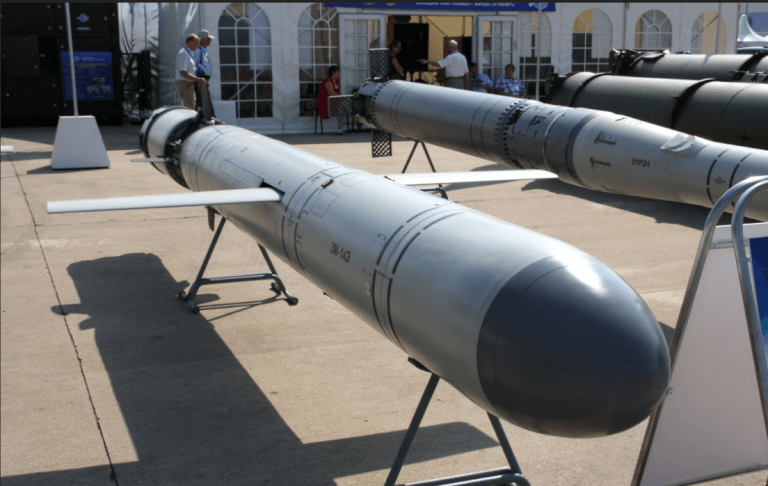
Against cruise missiles the system is just as worthless. Ballistic missiles need to fly in a high arch, just like artillery shells, so you can see them coming from hundreds of kilometers away. Cruise missiles are much slower, typically around 900 kmph, or about 0.25km/s for both the US Tomahawk and the Russian 3m14, but they make up for that by flying very low to the ground and following the terrain. Over the open ocean, you can calculate how far away you can see them purely using over the horizon calculation. On land it’s more difficult, due to hills, forests, or what have you potentially blocking your line of sight until much closer.

Quick, is there a cruise missile just behind the trees about to smoke us? Well, we can’t really know, can we? There are a lot of things that can make your effective line of sight extremely poor when you’re on the ground, and that’s true even for a radar with an altitude of even 100ft or so.

However, I want to be as fair and objective as possible, and I need to state one massive advantage that something like an airbase has over an aircraft carrier. We’ve seen that these surface ships simply have no way of dealing with massed aerial or missile attacks, other than not getting found and using their fighters to deal with them. They can’t put more missiles on the ships, because there just isn’t any more room. However, there is room on the ground.
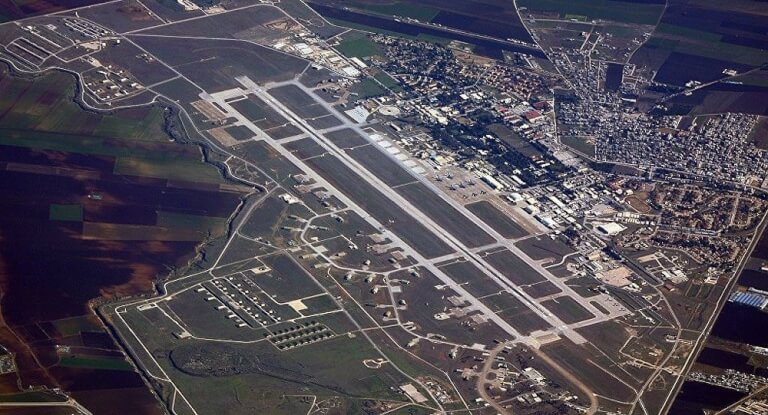
It is theoretically possible to stockpile absolutely enormous quantities, I mean well into the thousands, of anti-missile missiles all over an airbase. They would all need to be coordinated by one system. That system would need to identify incoming missile threats perfectly and close to immediately, every single time, while not flagging our own aircraft as incoming missiles. Then, we would need a missile that can borderline shatter the known laws of physics and accurately nail the incoming Mach 6 ballistic missiles, and quickly shoot down the incoming cruise missiles, every time. This requires both perfect accuracy, great speed, as well as great turning performance. Finally, we need to keep this system up and running even as the first few hundred missiles, both ours and theirs, explode, utterly filling the skies with impromptu radar chaff, and making it basically impossible for our radars to track incoming threats.

Good luck keeping your radars working perfectly when the sky gets filled with twisting metal.
Unlike with surface ships, I can’t just say “this is objectively not going to work.” Instead I’ll have to say that this system is destined to not even come remotely close to working, but technically would have some infinitesimally tiny chance at success. Even if we assumed 90% success rate for our missiles, which is beyond generous, if the enemy fires just 100 missiles, we have a 0.00265% chance of stopping them all. And that assumes that we have an equal chance at stopping every single missile, as if we were dealing with a series of 100, or 1,000 missiles fired one by one, instead of all at a time.

And of course, no one actually does this. There are no US Airbases that have thousands, if not tens of thousands of interceptor missiles stockpiled and ready to go. And trust me, they’d love giving Raytheon a contract to do that, it’s just not remotely feasible. Hitting things that are fast and small is difficult.
We’ll get to this more on the long overdue tactics part of this series.















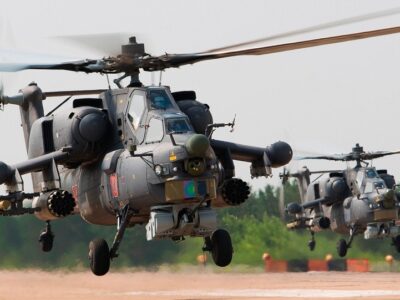
About the only part of a balistic missile flight in which it is vulnerable is the same part where people take picture, during the launch, for the same reason that people take pictures then, cuz it’s not going very fast yet.
It is not even hyperbole to assert that our missile defence systems could not intercept V2 rockets at a high enough rate to be considered successful.